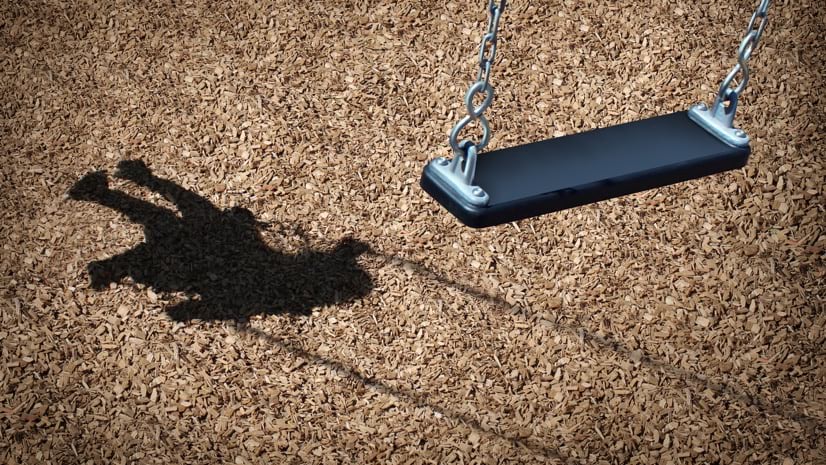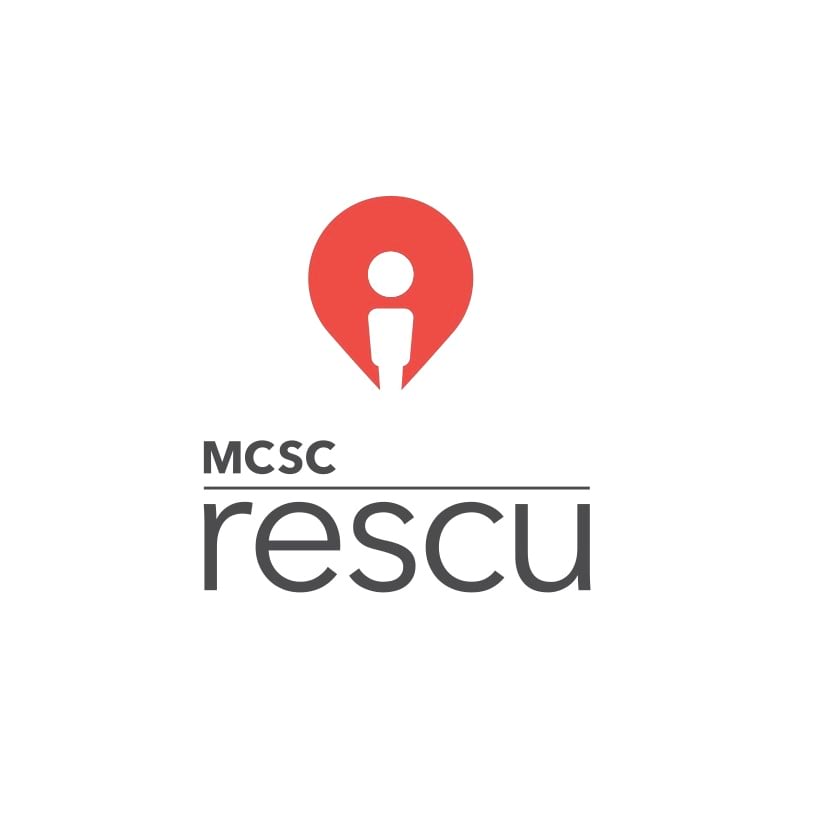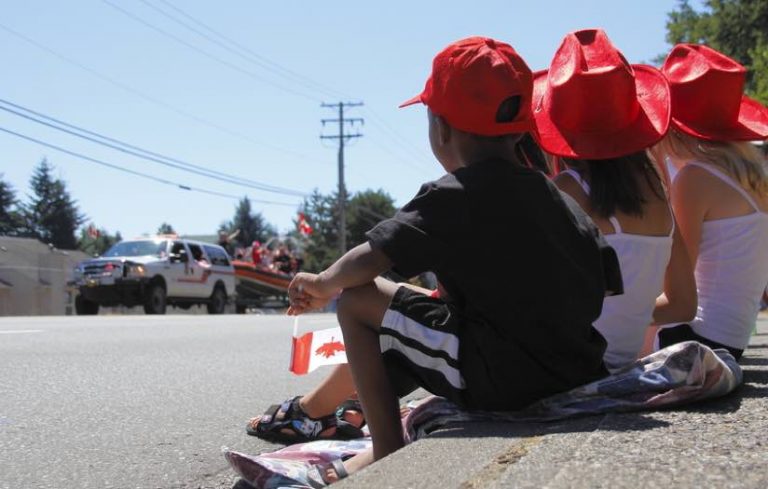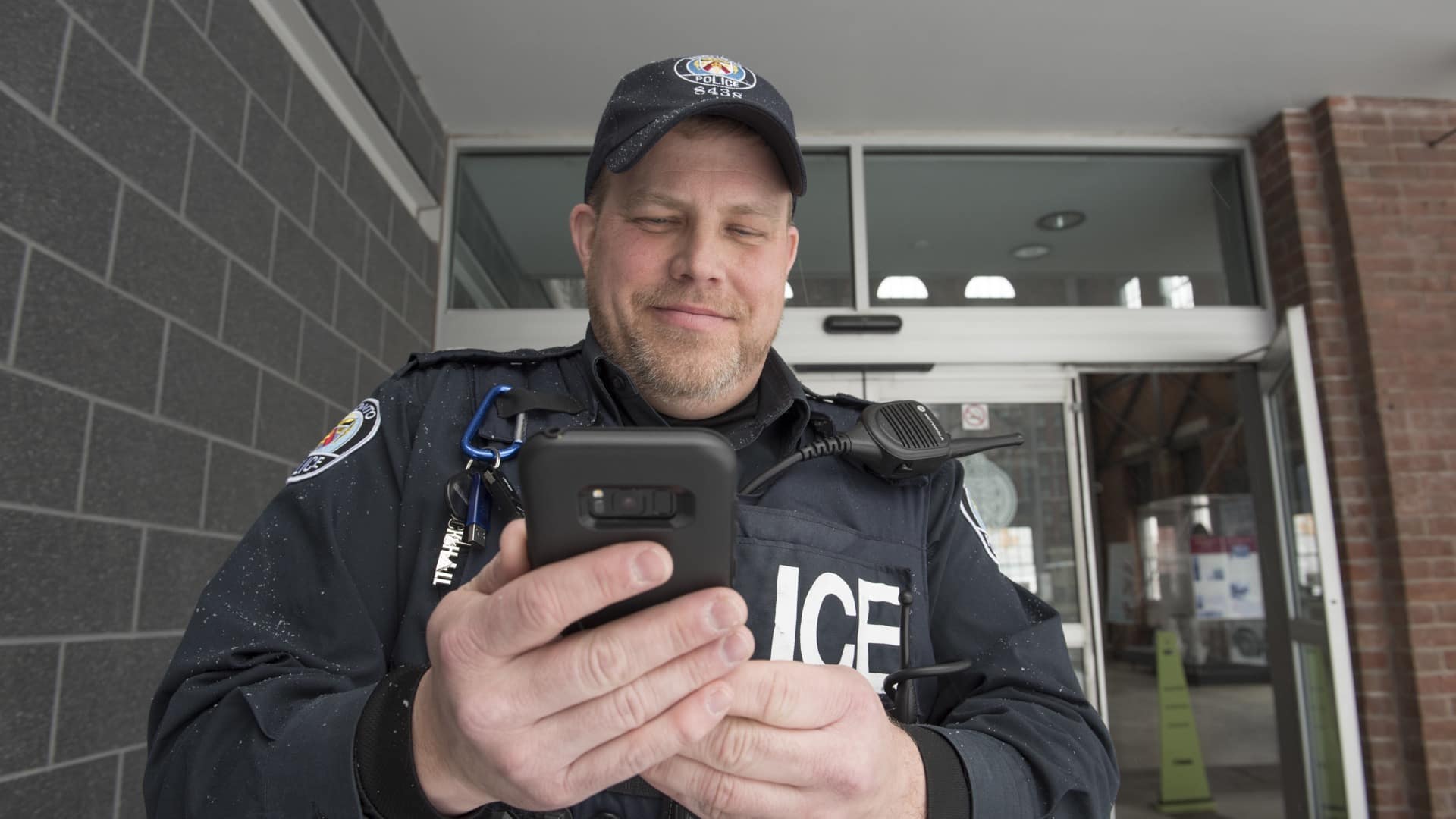

It soon became evident that the sharing was just the spot to start. The bigger opportunity was about making it into a system of support that has a real power to change outcomes.
November 7, 2019

When parents are hit with the indescribable feeling that comes with the realization that their child is missing, every moment counts. Fortunately, most of these events resolve quickly with the safe return of a child who may simply be hiding, was lost, or has run away from home. According to the National Center for Missing & Exploited Children, 94 percent of recovered children are found within 72 hours, with 47 percent found within three hours.
These facts, however, do little to diminish a parent’s panic and dread that the worst has happened.
The best strategy to quickly return a child home safely is to get a photograph of that child in front of as many people as possible as soon as possible. A new application developed for the Missing Children Society of Canada (MCSC) puts those photos on a map—sending alerts to nearby citizens and agencies and gathering tips from anyone who may have information.
“When a child goes missing, they are at risk of being abused, sexually exploited, or becoming a victim of human trafficking,” said Amanda Pick, CEO of MCSC. “The risk can be quite severe and it can increase with each passing hour.”

Confronting a Common Problem
In 2018, more than 42,000 children—115 per day on average—were reported missing in Canada.
“That’s a shocking and sobering statistic,” Pick said. “When people hear that number there’s a pause, because we simply don’t expect the number to be that large.”
Staff at MCSC teamed with developers from Esri Canada to create a web-based mapping app called MCSC rescu that uses Esri’s ArcGIS Hub technology to help reunite children with their families. Visitors to the app can see all active cases, with photos and details of children mapped to their last known location. The site includes a form that allows anyone to leave a confidential tip, including adding photos. It also provides a registry that people can join to receive an SMS alert directly from police if a child goes missing in their area.
“If a child goes missing under any circumstance, and the police immediately want to engage the community to help collect information, the tool provides the means to do that,” Pick said. “We know that Canadians want to help, and the app gives them that opportunity.”
Providing Police with a Powerful Tool
The vision for this solution started with police and the desire to equip front-line responders with a way to engage the community. Police have the Amber Alert system, which issues messages to smartphones and roadway signs. But the threshold to create an Amber Alert is quite high, only 10 were issued last year.
“What about all the other children?” Pick said. “Who are they, and how do we share that information? How can we help?”
Those questions drove the architecture for the app—a tool police can use to spread awareness across jurisdictional boundaries at the local, provincial, country, and even cross-border levels.
“Having pictures of a missing child, a potential offender, or a potential vehicle, that’s really a gamechanger for us,” said Cliff O’Brien, acting deputy chief of the Bureau of Community Support at the Calgary Police Service. “Every minute that goes by when there’s a missing child is not only anguish for the parents, but it puts the child in more danger.”
MCSC and Esri Canada designed the app to keep police in charge of determining which cases cross the threshold of a high-risk situation. High risk might include a child on medication or with a medical issue, a child lured away by a predator or at risk of abduction, or a child caught in a contentious custody battle, among other factors.
The app provides flexibility to alert citizens about children that don’t merit an Amber Alert, O’Brien explained, as well as giving police more control of the information released to the public. “We can release as little or as much as we need to. We may have other investigative strategies at play and may want information placed in specific geographies. We can push alerts to people in specific locations, even down to a certain street.”

Causing Predator Paranoia
The power of social media and location-specific information played out in a recent case where a 31-year-old man abducted a 14-year-old girl from the province of Alberta to British Columbia.
The Calgary Police Service reached out to Vancouver Police Department officers, alerting them that the predator was headed their way. At that time, the app was not yet released. However, a flurry of social media posts and news reports kept the abductor on the run, and he returned to familiar territory in Calgary where he was apprehended, and the girl was returned to her family.
The promise of the app to create greater connections—using crowdsourcing to guard and protect the safety of children—has a lot of stakeholders excited.
“This technology will really help us communicate directly with any community anywhere in Canada where we think a missing child from our jurisdiction might be,” O’Brien said. “The same goes for any small department all the way up to the Royal Canadian Mounted Police [RCMP]. It ties us all together from coast to coast.”
According to Pick and the staff at MCSC, the app’s central purpose is to return missing children to safety. But, if it helps to stop predation patterns because potential predators know there’s nowhere they can safely hide, that will be an added benefit.
“It gets emotional when you start to think about the safety of the children you know,” Pick said. “We all want to protect our own, our nieces and nephews, our neighbors’ children, and all the children in our community.”


It soon became evident that the sharing was just the spot to start. The bigger opportunity was about making it into a system of support that has a real power to change outcomes.
Enabling a Digital Transformation
The MCSC staff realized they needed technology to bridge the gap between the few children whose circumstances qualified for an Amber Alert and the vast number of children reported missing. They engaged with Esri Canada to discuss and fine-tune the software architecture of the solution and in the process embarked on a digital transformation for the organization.
“We started by talking about communicating and sharing through geography,” Pick said. “It soon became evident that the sharing was just the spot to start. The bigger opportunity was about making it into a system of support that has a real power to change outcomes.”
Many MCSC investigators are retired police investigators.
“If you’ve worked a missing child or abducted child case that’s never been resolved, I can tell you that those can haunt you,” O’Brien said. “You’ll always go over details in your mind, wondering if there’s something that you missed.”
In its focus on missing children, the MCSC staff tuned their system back-end for internal reporting to organize staff workflows, and to deliver tools and dashboards for greater police awareness.
“When I understood that ArcGIS Hub can power a smart city, it got me thinking that a city is only as smart as how it can protect its most vulnerable citizens,” Pick said. “Combining the capabilities of data, collaboration, and support services that persist around a problem—there’s just so much potential there.”
Taking Informed Action
Law enforcement officers and MCSC staff have been urging people to sign up for the alert service in the recently launched MCSC rescu app to prepare for any local incidents.
“I see this playing out well in my jurisdiction in our 24-hour real-time operation center,” O’Brien said. “If our incident commanders who are taking care of our city get a call, particularly if witnesses suspect an abduction, it allows them to flood the area with notifications within minutes.”
The Calgary Police Service helicopter is equipped with a loud-speaker system for broadcasting alerts and descriptions over an area of interest. Adding the ability to share a photo and description with the community could help return a child to safety within minutes instead of hours or days as it is in some cases.
“The app includes a map that indicates how far someone could travel within a designated interval of time—whether walking or in a vehicle—from the place where a child went missing,” O’Brien said. “That’s really powerful. It takes some of the guesswork out and communicates where we should set up our check-points or look for a vehicle.”
While O’Brien cautions that the public should never go directly to an active crime scene, he notes they can take several steps when they receive an alert.
“We need people to look out their window, in their backyard, and around their property,” O’Brien said. “We want them to have awareness and extra vigilance if they’re driving to and from a store—keeping eyes and ears open. If we’ve pushed an alert to you, and you see the offender, phone 9-1-1. Be safe but try to keep your eyes on them and we will respond to that area in force.”

Spreading Nationwide
The Calgary Police Service has pushed the MCSC rescu app to each of the 3,000 work phones officers carry. All employees are encouraged to sign up and ask their families to install the app on their personal phones.
The application has been endorsed by the Canadian Association of Chiefs of Police as well as various provincial-level police associations and city-level jurisdictions. RCMP has also taken an interest, with an agreement in place to work with MCSC to support missing children investigations using MCSC rescu and the network across Canada. Large corporations are also asked to spread the word and involve employees.
“We have put in a great deal of work already, but we know our journey is just beginning,” Pick said. “There is an incredible opportunity to evolve and customize the app to provide really powerful change moving forward.”
“I can’t think of anything more noble than law enforcement and community coming together to protect our children,” O’Brien said.
At MCSC, staff share an ongoing objective to empower children.
“We’ve been serving children and families at our organization for more than 30 years,” Pick said. “Our work has evolved, but all our efforts activate in response to a child that has gone missing. There’s an acute need to create a full circle where a child who needs us can let us know.”
Learn more about the platform that powers the MCSC rescu app.

April 9, 2018 |

February 21, 2019 |

August 28, 2019 |